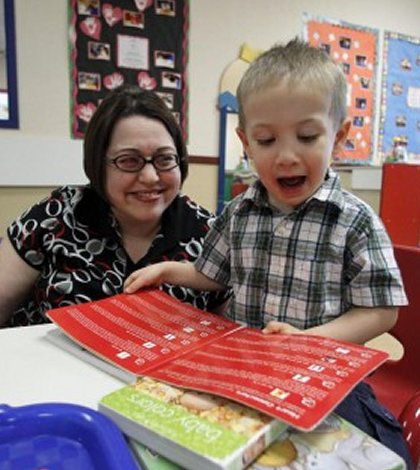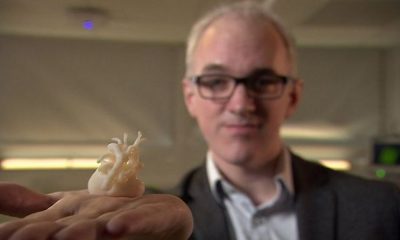At present, around one in every 150 American children is being diagnosed with autism. Some have a severe form of the disorder, while others are still able to lead relatively normal lives. They can attend regular schools and as such, they receive a formal education just like all the other children at school. Nonetheless, going to school can be very distressing for an autistic child, especially in the beginning.
There is also a lot of concern as to whether or not autistic kids are receiving the sort of attention they so badly need. By its very nature, autism makes learning new things very difficult, and as is to be expected, this can be immensely frustrating for teachers who also have an obligation to all the other kids in their class.
Are Teachers And Schools Ready For The Inevitable?
With 1 in every 150 children born this year likely to be diagnosed with the disorder, it’s inevitable that schools across the United States are soon going to see an influx of autistic kids entering into the education system. Many doctors as well as parents are concerned about whether or not schools and teachers are going to be able to cope with autism in the classroom when this influx occurs.
Some schools are admittedly taking action in order to be prepared for this, and of course there are a number of schools that already have a good reputation for working with children that have autism. Many of their teachers have already had special training for dealing with autism in the classroom, and they’ve adjusted their teaching techniques accordingly.
One very noticeable challenge for teachers is the fact that a large percentage of children with this disorder never speak. As a result, teachers have to employ special techniques in order to try and establish at least some two way communication. Even with special training, this can be extremely challenging.
Autistic children also often develop a fixation for certain objects, even though they might be of no interest at all to the other kids in the classroom. Most of the other kids will never even have witnessed such behavior, and this often leads to the autistic child being shunned by their classmates. Kids with autism typically don’t want to interact with other kids, but they still know and realize they are being shunned if and when it happens.
One of the first things schools will have to do is employ more staff since autistic children generally only flourish if they receive one on one instruction. Also, one has to take the teachers into consideration as well. Teaching these children can be very taxing, so teachers should ideally be given a break each day.
There are a number of treatments available nowadays which can greatly reduce the severity of autism symptoms, and both parents and schools are going to have to take action if these kids are ever to succeed in life.





















